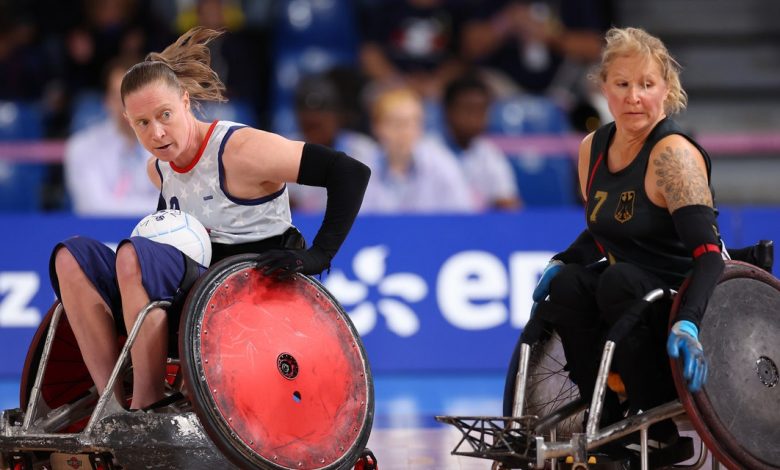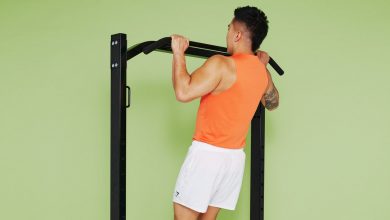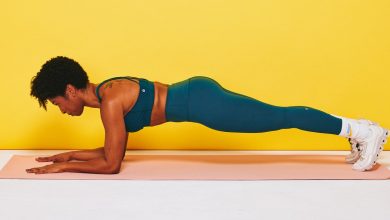The Number of Women Playing Wheelchair Rugby at the Paralympics Has Doubled Since Tokyo

On the first day of the 2024 Paralympic Games in Paris, Sarah Adam etched her name in the history books: She became the first American woman ever to score a goal in wheelchair rugby at the Paralympics. Adam ultimately put up six tries in 16 minutes on the court to help Team USA with a 51-48 victory against Canada in the group-stage game.
Beyond the score, Adam hoped her performance showed what women are capable of in a brutal sport (nicknamed murderball for its full-contact collisions) that’s been slow to welcome women into the fold. “There’s a place for us on that court,” she told AP News. “We need to have more females out there, and being seen, so that people know that this is an option for them.”
Adam, a professor of occupational therapy art who played softball as a grad student at Washington University in St. Louis before being diagnosed with multiple sclerosis in 2016, is one of several women from around the world who are blazing trails in a sport that’s mixed-gender but still very much male-dominated.
In total, eight women played across all of the wheelchair rugby teams in Paris, which doubled the number at the Tokyo Paralympics in 2021, according to Paralympic.org. This year, Adam became the first woman to play for Team USA. Australia has an unprecedented three women on its 12-person roster in Paris. Denmark, Germany, and Japan also have female players.
While more women are taking to the court, the 88 men in Paris still outnumbered the women 11 to 1, the AP reports, meaning there’s more work to be done to increase participation.
“It’s going too slowly,” Australia’s Ella Sabljak told AP News. “We’re definitely paving the way in Australia. Other teams definitely need to catch up, understand and recognize that women add value to the game. You know, we’re not burdens. We’re not different. We’re not difficult. We are, like, elite athletes amongst other elite athletes. And so I think people need to change their perspective on what women bring to the table.”
As a way to help boost inclusion, wheelchair rugby teams have incentives to include women: The rules of the sport reward teams for adding women to the roster. At the Paralympics, the sport classes athletes according to their physical abilities, with a score of 0.5 for the least able players, increasing by half-point increments to 3.5 for the most able. Teams of four can play with a max score of 8, according to the International Paralympic Committee. But each woman that’s brought onto the team gives the squad an extra half point, a rule that helps “level the playing field,” as Adam told AP News.
It also encourages teams to recruit and develop female players, Andrea Bundon, who studies female participation in Paralympic sports at the University of British Columbia, told AP News. “There is value in having the women and men compete together—they can appreciate each other’s athleticism and see that women are capable of competing at that level,” Bundon said.
“The position women occupy in this sport is still very precarious,” Bundon said. But with Paralympic sports getting increasing attention, “the fact that these women are going to have the opportunity to showcase their athleticism and talent is good news and should be celebrated—even as we demand better!”
The progress was definitely evident in the gold-medal game in Paris on September 2, when Adam and Team USA took on Kae Kurahashi and Team Japan. Kurahashi became the second woman in history to win wheelchair rugby gold when Japan defeated Team USA 48-41.
“In Japan we still don’t have so many female players, so I hope more people will get to know about the sport and think they want to try it out,” Kurahashi told Tokyo Weekender after the final.
Adam had 14 tries, tied for the team lead with team captain Chuck Aoki, to help the Americans claim their second consecutive silver medal. Before the final, Adam spoke about facing Kurahashi and all of the women being united by a common goal.
“When we’re on the court we’re fierce in competing against each other, but off the court there’s a strong community of women in the wheelchair rugby arena and supporting each other to try to grow the sport together,” she told Paralympic.org.
In total, five women made it onto the Paralympic wheelchair rugby podium in Paris, including Kurahashi, Adam, and Ella Sabljak, Emilie Miller, and Shae Graham, who contributed to Australia’s bronze medal.
After her historic run in Paris, Adam said she hoped to encourage other adaptive athletes to give sport a try. “Murderball” might be niche, but that only makes it more vital for folks to have someone to look up to. “I hope I can be a role model for a little girl who want to play sports and wants show that you can play whatever sport you want to play,” Adam told the Chicago Tribune before the Games.
She considers it a “cool opportunity” to have the platform where she can reach female adaptive athletes and show them the benefits of being involved in a sports community, she told Team USA. “At the end of the day, I’m just going out there being an athlete with my teammates and family that support me, which keeps me centered and grounded in a way that’s meaningful and impactful.”
SELF is your go-to source for all things Paralympics. Follow our coverage of the Paris Games here.
Related:
- Paralympic Archer Jodie Grinham Just Competed While 7 Months Pregnant
- If You’re Not Following the Perfectly Unserious Paralympics TikTok Account, You’re Missing Out
- Zakia Khudadadi Just Became the First Athlete From the Refugee Paralympic Team to Win a Medal
Get more of SELF’s great sports coverage delivered right to your inbox—for free.



